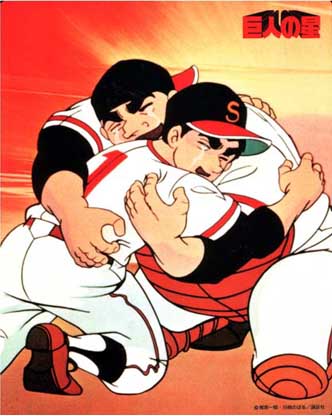People have this idea that autobiographies are written by people who have "done it", whose merits and achievements have been more or less established.
There are times, however, when an autobiography is produced in the middle of a career, "prematurely" or too soon according to the above stated criterion.
Richard Wagner's "My Life" (original German title "Mein Leben") was one such autobiography out of context. Covering the composer's life between 1813 and 1864, it describes the often turbulent events and life's courses of the composer of Tannhauser, Lohengrin, and Tristan und Isolde. It was dictated to Cosima Wagner, his second life, in response to a request by King Ludwig II of Bavaria.
At the time of the publication of Mein Leben, Wagner's career was far from over. He went on to compose Die Meistersinger, complete Der Ring des Nibelungen, found the Bayreuth festival, and create his final opera Parsifal.
What was the significance of Mein Leben? I suspect that it led to a resurgence of Wagner's creative momentum at a critical period.
The significance is a psychological one. Looking back on one's past, searching for hidden meanings, discovering latent agenda, understanding one's own choices and coming to terms with one's own self is sometimes a necessary and benevolent process for the creator. In the healing of soul, in the journey into one's spiritual magma there is often a key for a renewed surge of the creative dynamo.
For these reasons, I regard the dictation of Mein Leben as a process of reconciliation and regeneration for the great artist.
Even if one doesn't actually go as far as producing a premature autobiography, reflecting on one's past is surely a panacea for the soul when the waters are troubled and your volcano remains silent.

Richard and Cosima Wagner














